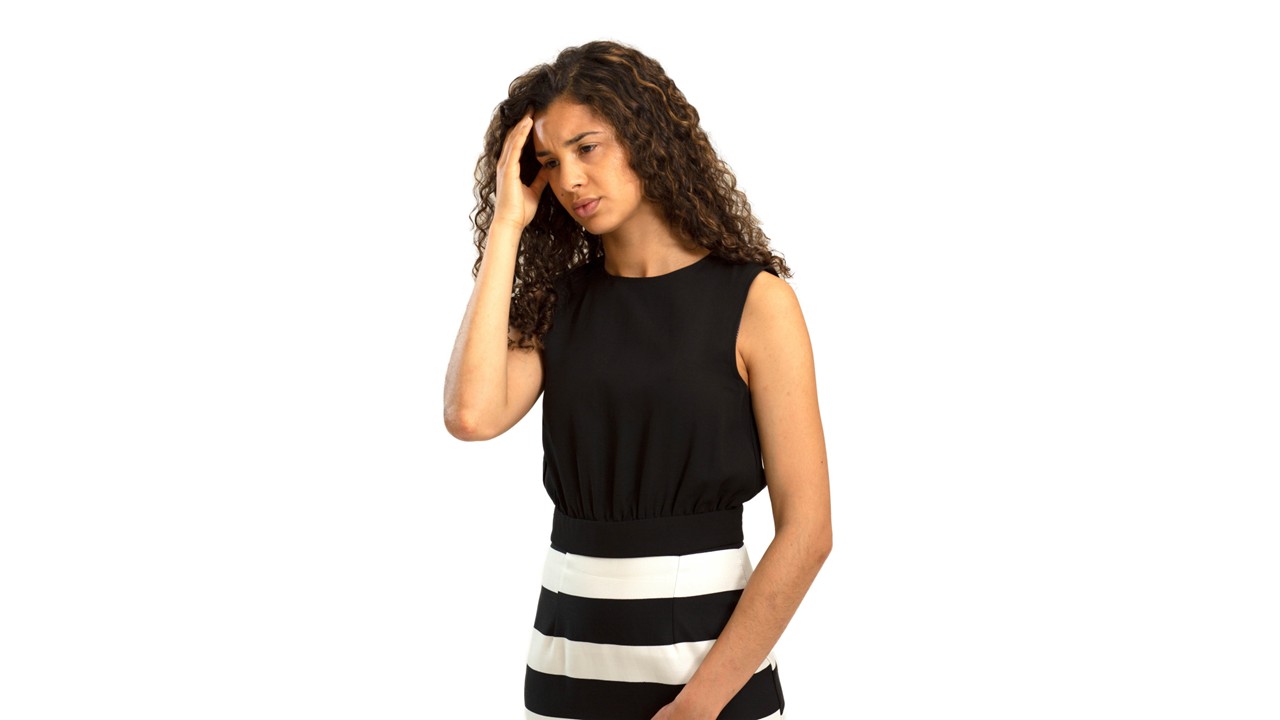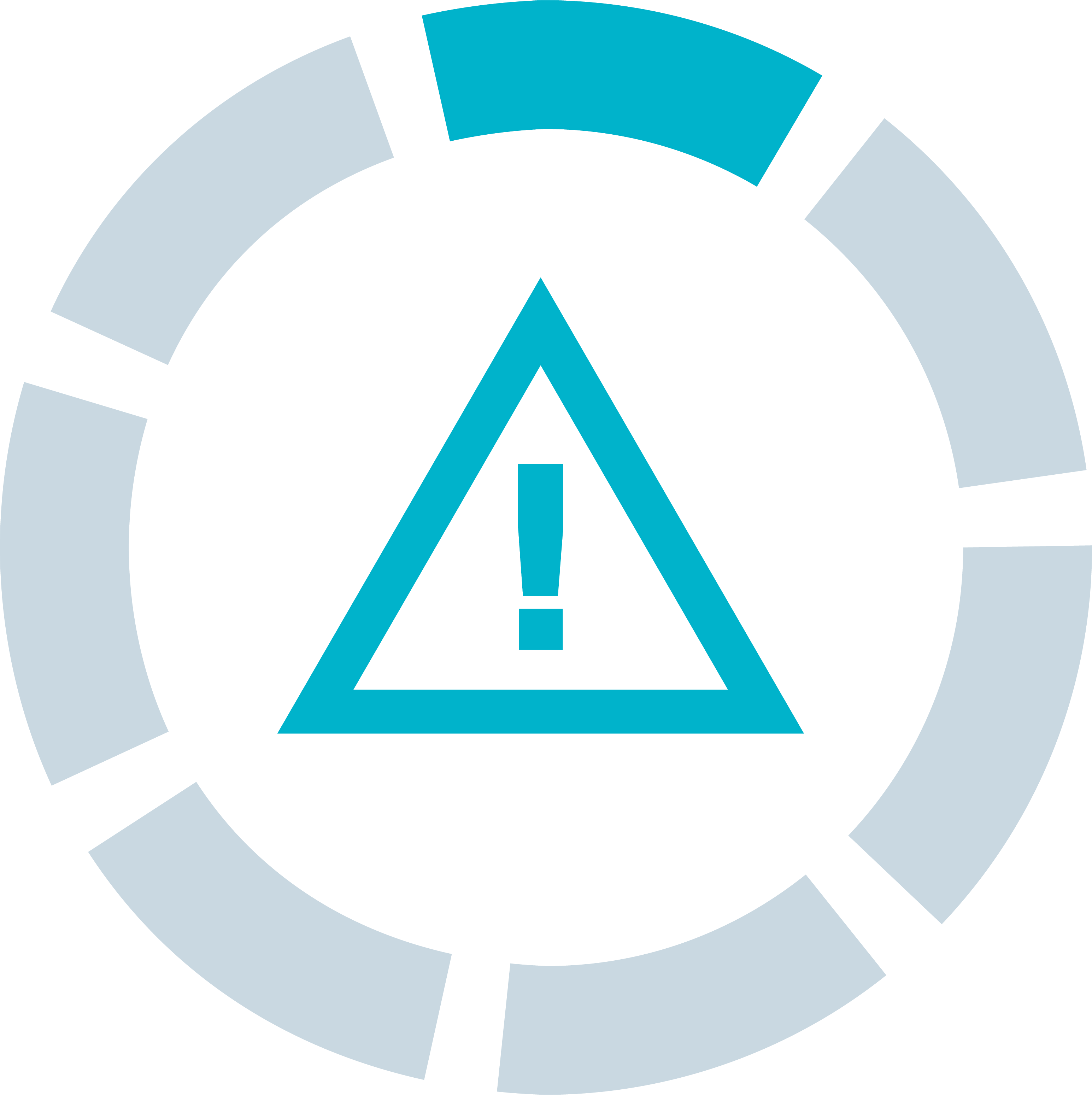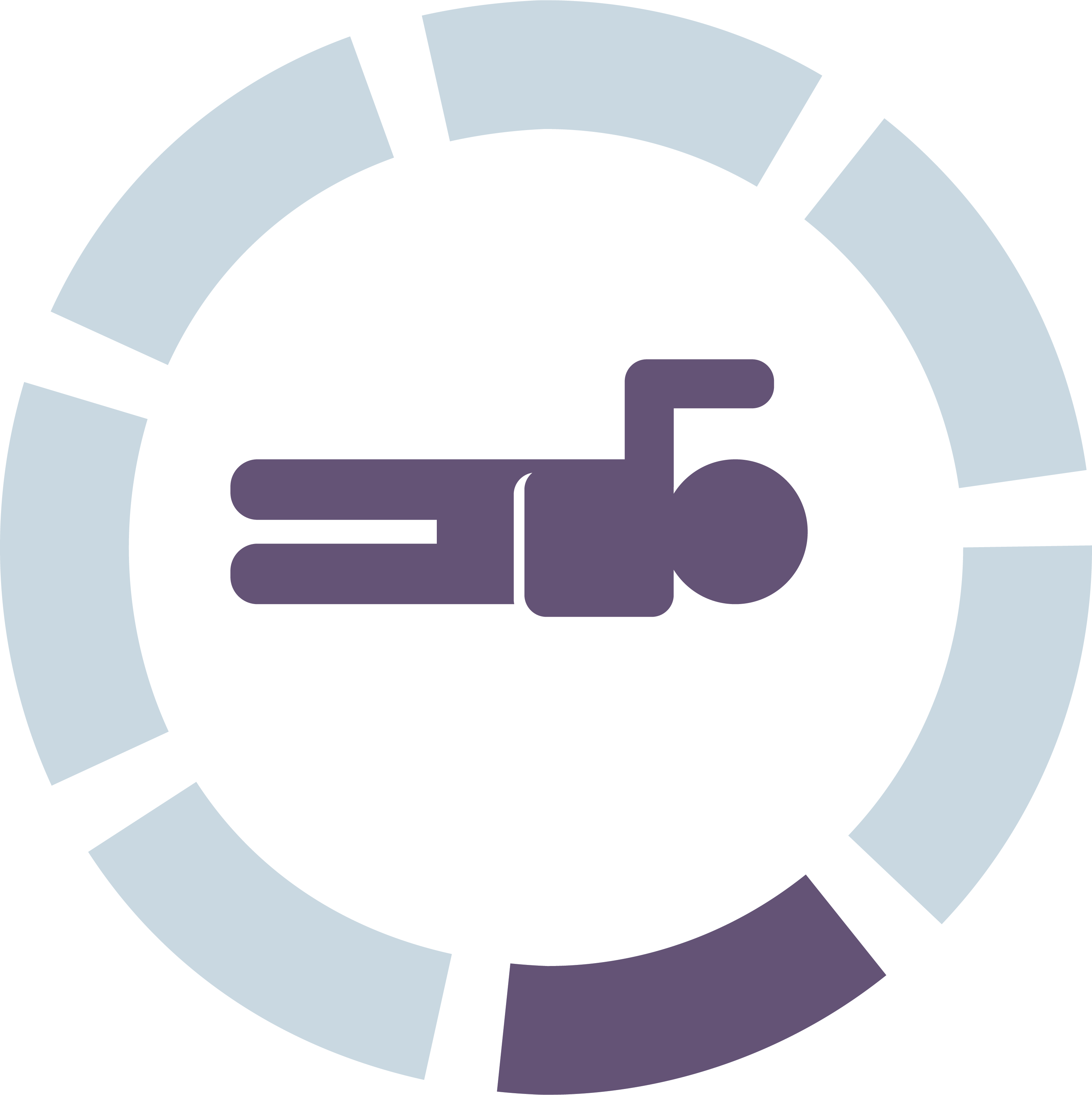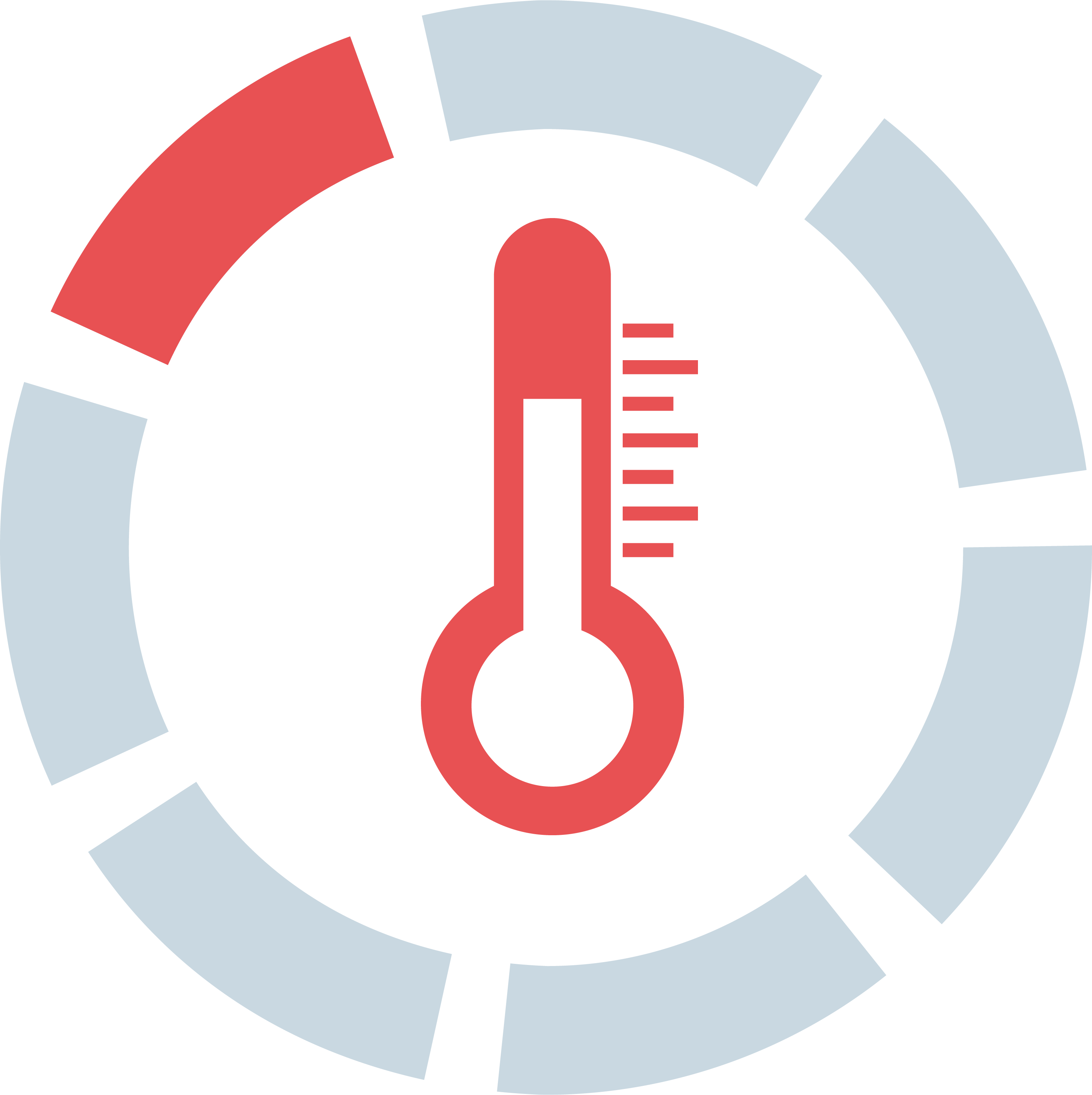
Hypoglycemia

Goal of first aid:
Quickly alert emergency services and calm and care for the affected person.

SAFETY FIRST






Gloves: Protect yourself and others: put on disposable gloves.


CONDITION CHECKING





See: Possible symptoms include anxiety, restlessness, sweating, possible impaired consciousness up to unconsciousness, and potentially seizures.
Hear: Reports of strong hunger, signs of irritability or anger, known medical history, and confusion.
Feel: Heavy sweating.



CALLING FOR HELP




Emergency call 112: Make an emergency call.
The 5 W questions:
Where did the accident happen?
What happened?
How many people are affected?
What injuries?
Wait for further questions!
Use speakerphone: Turn on your phone’s speaker to keep your hands free.
Do not hang up: End the call only when the control center tells you to.
Involve bystanders: Have them bring a first aid kit.
Report condition changes: Inform the control center if the person's condition changes.




POSITIONING



If conscious: as desired.
If unconscious: place in the recovery position.





WOUND DRESSING


As needed: If injuries are present, dress them accordingly.






COMFORTING

Don't leave: Stay with the person. Your presence and kind, encouraging words can help.
Listen: Listen actively, respond to their fears and worries, and show that you're there for them. Offer food, especially sugar.







TEMPERATURE MANAGEMENT
Prevent heat loss: Place a jacket or emergency blanket around the person.
Ground cold: If the person is lying on the ground, place a blanket or clothing under them to protect them from the cold.

